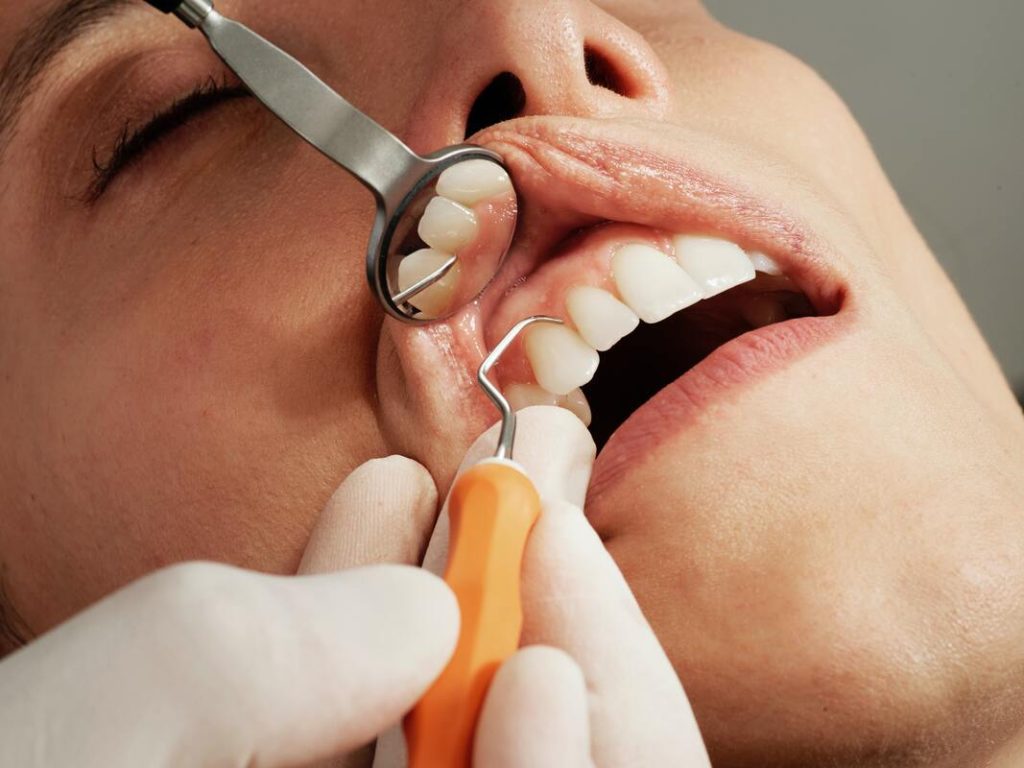Losing a tooth, especially in the front of your mouth, for any reason causes more problems than just embarrassment. When you lose a tooth a portion of your jawbone, referred to as the alveolar, starts to deteriorate causing resorption. Your body will automatically utilise bone from that area and distribute that bone to other areas that need it. This can cause your face to appear to have a sunken look in the area where the tooth was lost. Dental implants in Bromley help to preserve this bone and prevent it from being redistributed around your body.
Mimicking nature
As humans we develop most of our best ideas from nature and tooth replacement is no exception. For centuries, going back to the ancient Egyptians and beyond, man has been trying to replace lost teeth. All manner of materials have been used such as sea shells, wood, and even bamboo. For decades we have been using bridges which require support teeth and dentures which have used various methods to stay in place. Both of these methods have provided relief to thousands of patients, but they do not help to regenerate the jawbone. The more teeth that are lost the more sunken the face becomes because of bone resorption and there is no support. Dental implants provide a more modern alternative.
Technology and dentistry working hand in hand
Being able to view a 3D image of the inside of your mouth has revolutionised dental implantology. Dentists receive a range of anatomical data and can even see the nerves in your mouth. Your treatment planning and treatment all benefit from being able to work with such clear images.
Replacing the root

Like most structures the foundation is critical to provide support. Your teeth are no different and your root is embedded into your jawbone. It therefore makes sense to replace the root to create a stable base to take the pressure exerted by your teeth when you bite. The first stage of having dental implants is an incision into your gum. Using computer technology a dentist is able to create a guide which will allow them to make a small incision, because they will know the precise location of your lost tooth. They then drill a small hole into your jawbone and insert a titanium post. Dental surgeries use titanium because your jawbone will naturally fuse with the titanium providing a stable base for your crown. Because a dentist will only have to make a small incision into your gum the healing time is much shorter than if they did not have the technology and a larger incision was necessary. After a few months of healing time you will be required to have another appointment. An abutment is placed on the titanium post, to provide a stable platform, this will require another few weeks to allow your gum to heal. Once the gum has healed you will have another appointment for the crown to be attached. Your crown will have been shaped and coloured so that it is indiscernible from your natural teeth.
Return to normal
You will be advised to eat soft foods for a few weeks and to gradually implement your normal dental hygiene regime. After a few weeks you should be able to eat more solid foods. Regular brushing, flossing and six monthly dental visits will ensure the longevity of your natural teeth and your dental implant.

